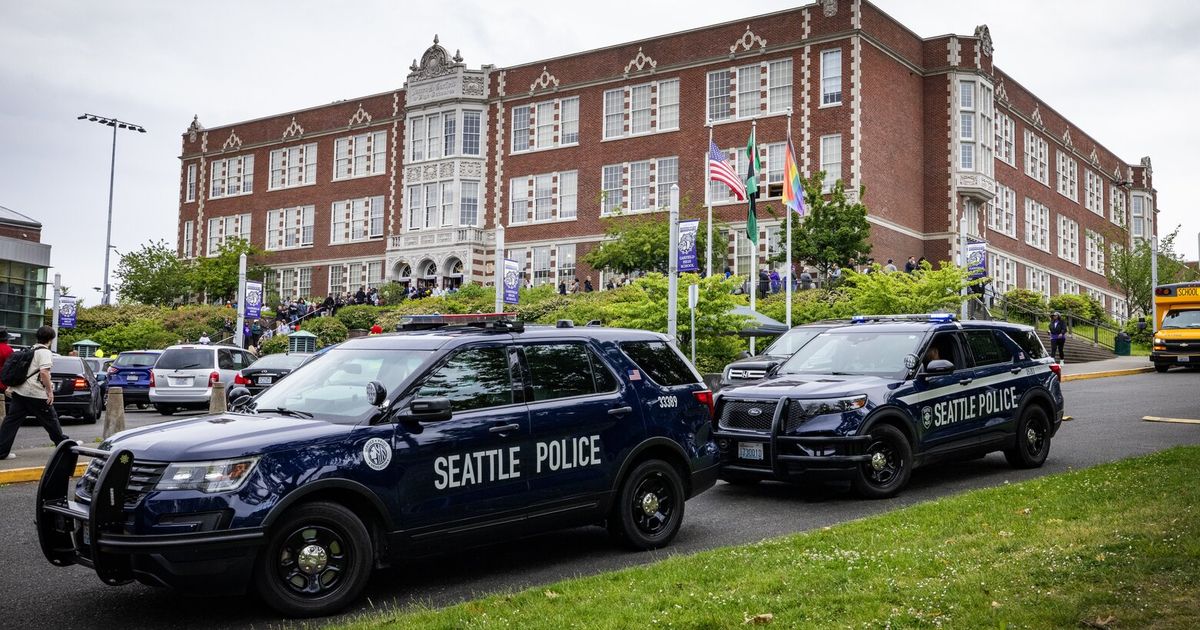At this point — after multiple shootings around Garfield High School, a dead student in the parking lot, and two others killed at Ingraham and near Chief Sealth High in less than two years — it is irresponsible to believe that good intentions will keep students safe in Seattle Public Schools.
Time to get real. For lots of kids, getting hold of a lethal weapon is easier than buying legal marijuana. Just last week, the King County Prosecutor’s Office charged two students from Kent and Federal Way, each of whom had brought a gun to school.
Educators like to talk about preventing violence before it happens by “wrapping their arms” around kids with more counselors and psychologists. That may be necessary. But it is insufficient, possibly naive. Not every kid who brings a gun to school has a mental health problem, though the students who’ve witnessed deadly shootings are surely suffering real trauma.
At Garfield, where 17-year-old Amarr Murphy-Paine was shot during lunch on June 6, the PTSA is rightly demanding more security, including police, on campus until Friday when the school year ends. Co-president Alicia Spanswick says students have told her “They want to feel secure and safe — real safety, not theater.”
Without a visible presence like guards or weapons detectors, school security does indeed feel performative.
The state requires all districts to have “threat assessment” protocols, which can range from creating supervision schedules for certain students to removing weapons from their homes. But relying on these plans is a fallacy. The freshman who murdered 17-year-old Ebenezer Haile in the halls at Ingraham High was a known threat — he’d brought weapons to school only a month before. Clearly the safety plan created for him, if any, was inadequate. As a result, the school district is now facing a $45 million wrongful-death suit from Haile’s family.
One thing is clear: It is unrealistic and unfair to expect educators to handle this profound social problem on their own. It is bigger than schools, and the mayor and Seattle City Council must sustain their involvement beyond the immediate aftermath of the latest tragedy.
Last week, Mayor Bruce Harrell pledged $2.4 million for amped up mental health services, and another $2 million for violence prevention programs.
That’s great. But there are more targeted approaches. Yakima educators, for example, receive reports each morning from city police, alerting them to gang activity or domestic violence that could spread from the community into school hallways.
Yakima also has weapons-detection hardware at one high school, and is spending $1 million for an alert system that gives every adult in every building the power to immediately summon help — including for school lockdowns.
Superintendent Trevor Greene says these measures have made a real difference in creating greater security for students and staff.
For its part, Seattle Public Schools cannot treat summer vacation as a breather. This is the time to conceive a new approach to security for the 2024-25 school year — even if it costs extra money.
Consider it a homework assignment.
